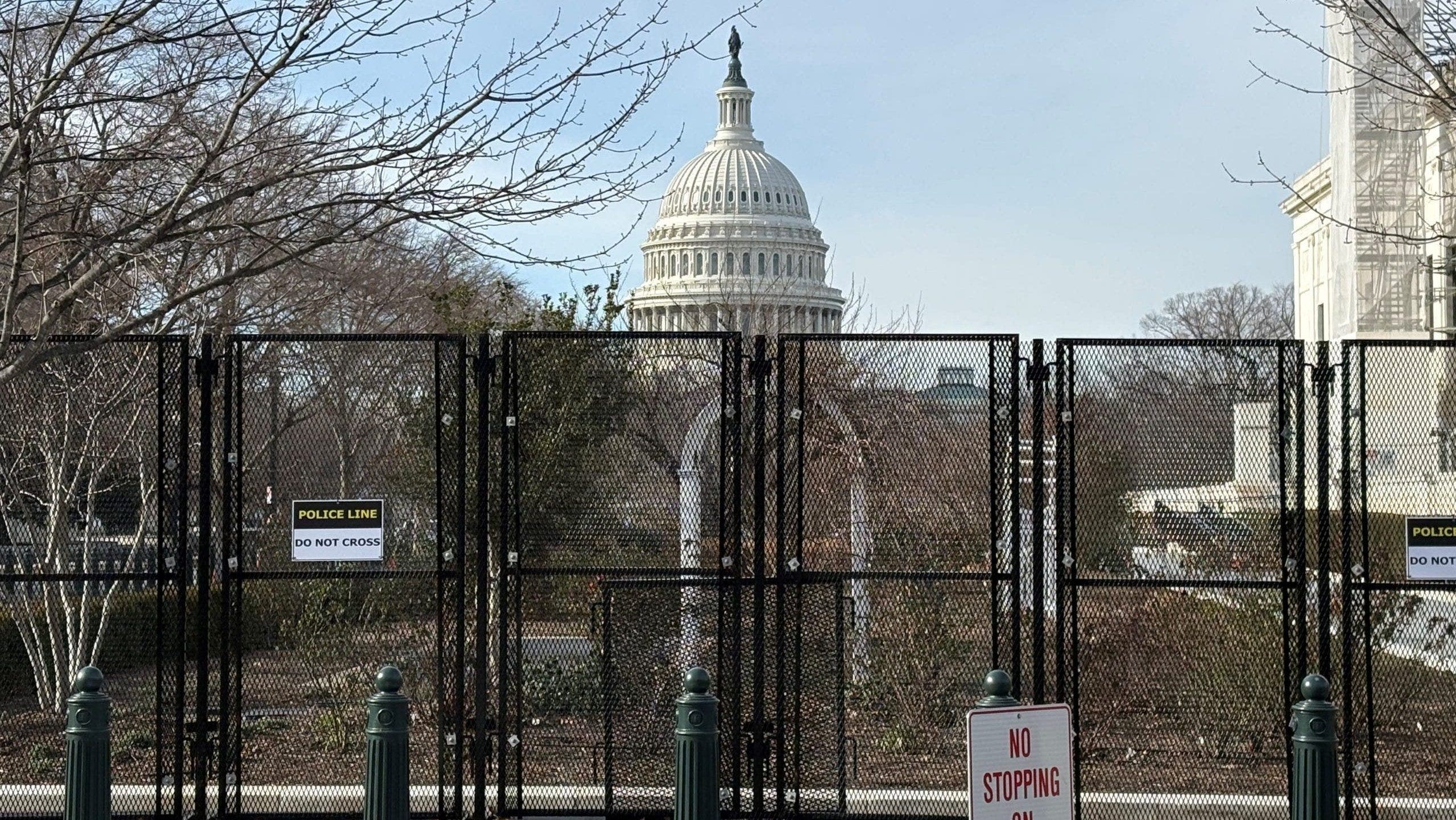This is the daily notebook of Mike Santoli, CNBC’s senior markets commentator, with ideas about trends, stocks and market statistics. Stocks make another run at the high end of the range as asset markets collectively step back from the “recession is near” scenario, with reports that natural gas will resume flowing into Europe part of the push. The S & P 500 hustles above 3,900. Credit spreads rush tighter. The dollar is down for a third straight day, and Treasury yields up and a bit less inverted from 2- to 10-year maturities. The net effect is a test of the downtrend line for the S & P, above yesterday’s high, with many citing 3,915 as an initial hurdle toward a more credible advance: High-yield corporate spreads touched 600 basis points (six percentage points above comparable Treasury yields) and reversed lower, now sitting near the late-2018 “recession/Fed overtightening scare” levels. Certainly not a ringing endorsement of the outlook or huge support for higher equity valuations, but a healthy retracement of the recent widening. In the background, the results of the monthly Bank of America global fund manager survey are in heavy rotation today, showing economic sentiment at washout levels of pessimism even if equity exposures/fund flows are a bit short of full surrender. There’s no denying the professional investment community entered this quarter having cut risk exposures to multi-year lows. The equity market acts as if this is the case, with jumpy up moves and so far over a month since hitting a new low. A small contingent victory, but it’s not nothing. Big picture: The equity trend is objectively lower. It’ll be hard to disprove the recession scenario for months even if we don’t get one. The Fed is demanding months of data before easing back on the hawkish intent, and stocks have merely returned to the zone of “fair value” not outright cheap. All are reasons to stay cautious or keep expectations low. With all that, though, it remains a net positive that so few seem willing to suggest the mid-June market low could prove consequential. Large speculative funds are decisively net short index futures. Meantime, corporate insiders are leaning heavily on the buy side, which typically is a bullish sign eventually if not immediately, as SentimenTrader shows here: Earnings reactions are the typical mix so far, but with a slight flavor of relief and a sense of “could’ve been worse” in aggregate. Still no critical mass of reports in the books. Currency headwinds are a theme, but the market tends to look past those if it’s strictly about the translation of FX revenue as opposed to serious demand shortfalls. Market breadth is quite strong: a chance at a 90% upside volume day on NYSE, which so soon after Friday’s 90% advancing volume would register under some systems as a strong demand signal that should be respected. VIX is sagging toward 24. Under that level would be a plus, sinking below the recent range in a sign of steadiness/better risk tone. Still much to prove for the bulls, but a few things are “less bad” in the immediate term. Earnings season, all else being equal, should pressure VIX lower, with more divergence among individual stocks which can neutralize index-level volatility (which is what VIX is based on).


























































